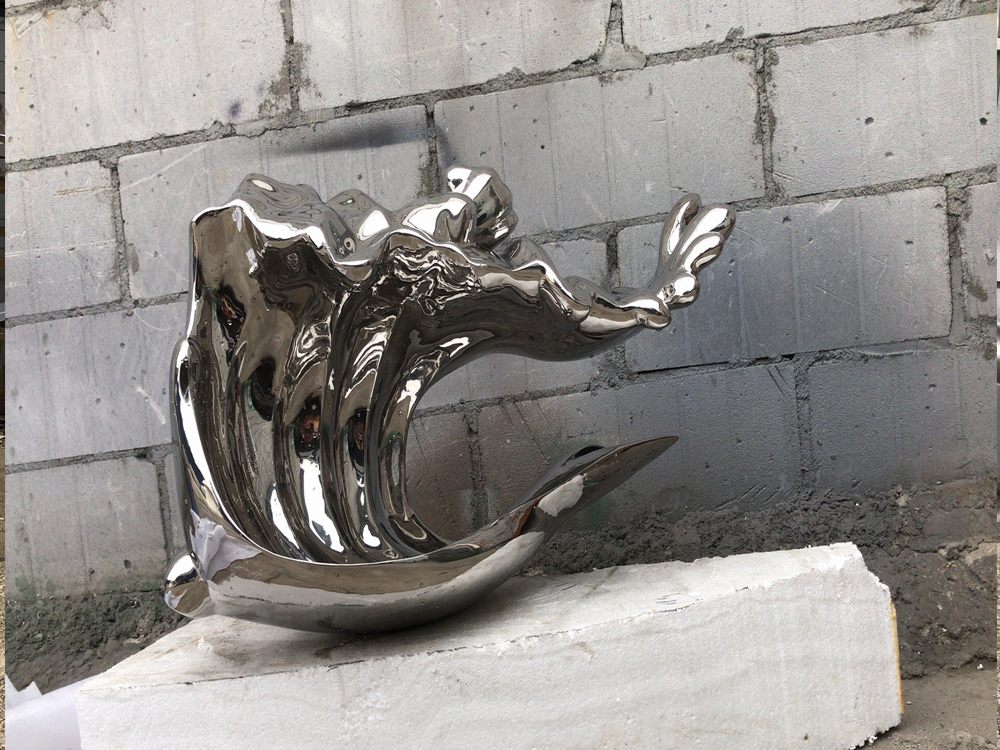
Bronze sculptures have long been admired for their timeless beauty and artistic expression. However, to truly elevate their impact, it’s essential to create a meaningful dialogue between these sculptures and their surroundings. Here are some of the most effective ways to achieve this:
1. Thoughtful Placement: Positioning a bronze sculpture in a location that complements its theme or form can enhance its connection to the environment. For example, a nature-inspired sculpture placed in a park or garden creates harmony with its setting.
2. Interactive Elements: Incorporating interactive features, such as reflective surfaces or movable parts, invites viewers to engage with the sculpture, fostering a dynamic relationship between the art and its audience.
3. Lighting Techniques: Strategic lighting can transform a sculpture’s presence, highlighting its textures and shapes while adapting to different times of day or seasons, thus altering its interaction with the environment.
4. Contextual Themes: Designing sculptures that reflect the cultural or historical context of their location ensures they resonate deeply with their surroundings, creating a narrative that speaks to the community.
5. Natural Integration: Using materials or designs that mimic or contrast with natural elements—such as patinas that evolve over time—can make the sculpture feel like an organic part of its environment.
By implementing these strategies, bronze sculptures can transcend static art forms, becoming living elements that converse with their surroundings and enrich public spaces.

